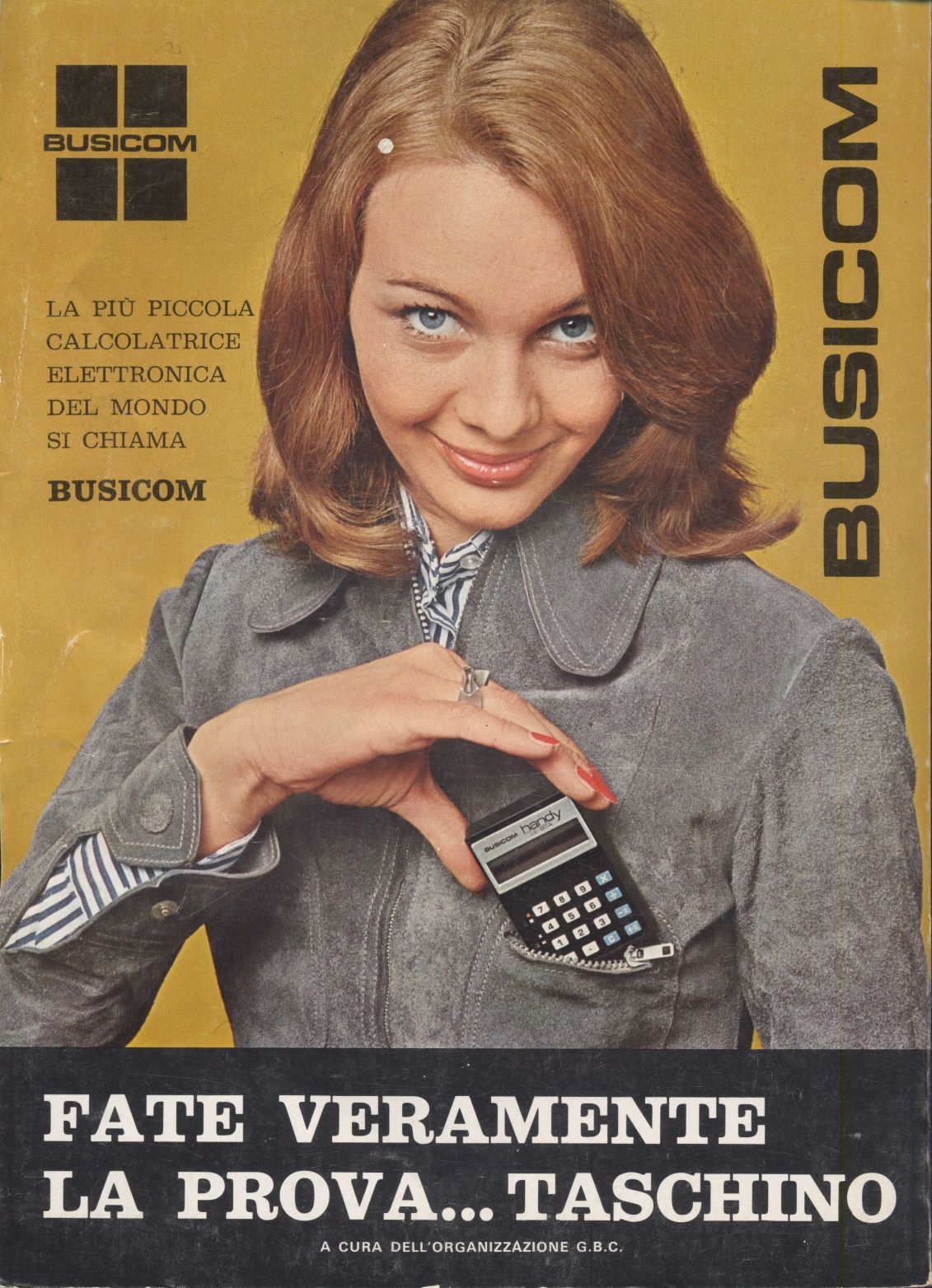The history of technology is the history of pockets

Diana Kimball writes on the complex symbiosis of devices, clothing, and the body:
In a very real way, what people tuck into their pockets signals what they care about. Ötzi the Iceman carried fungus to make fire. Japanese men in the Edo period carried medicine and seals. Queen Elizabeth I carried a miniature jewel-encrusted devotional book. European women in the 18th century carried money, jewelry, personal grooming implements, and even food. Here in 2015, we carry cellphones?—?never letting them out of our sight.
If what we put in our pockets is important, to advertise a product as pocketable is to imply that it’s indispensable: something you’ll always want by your side. Pocket watch manufacturers adopted this approach early; purveyors of pocket knives, pocket handkerchiefs, and pocket books (also known as paperbacks) followed suit. Technologies all, these tools still seem primitive relative to slim electronic bricks we haul around today. To find a direct ancestor of the cellphone, we need only look back as far as 1970: the year the pocket calculator was born.
It’s a short essay, but still manages to cover multiple historical periods, eastern and western traditions, different problems faced by men and women — remarkable range. A beginning.
(photo via Matthew Rutledge at Flickr)





Stay Connected